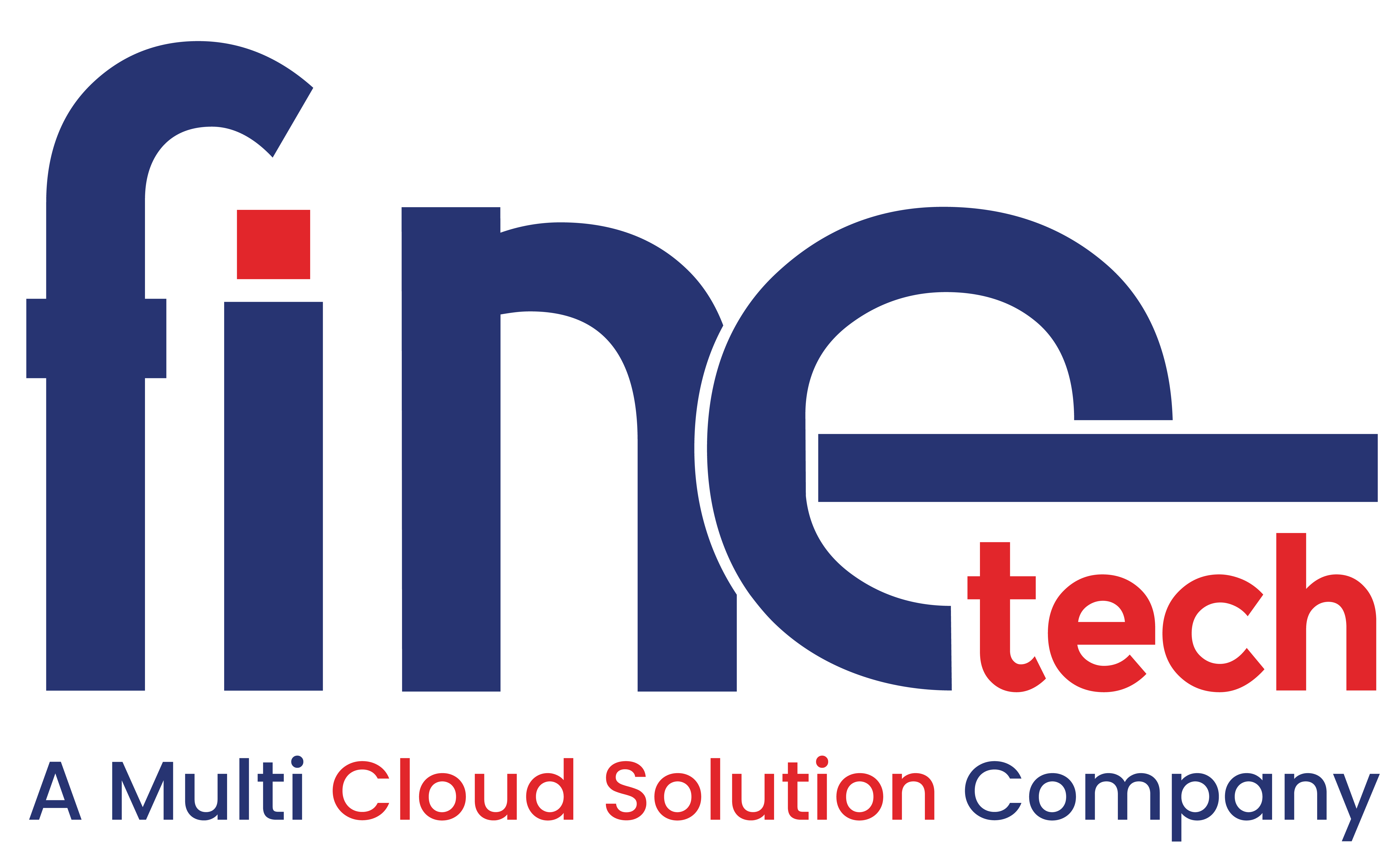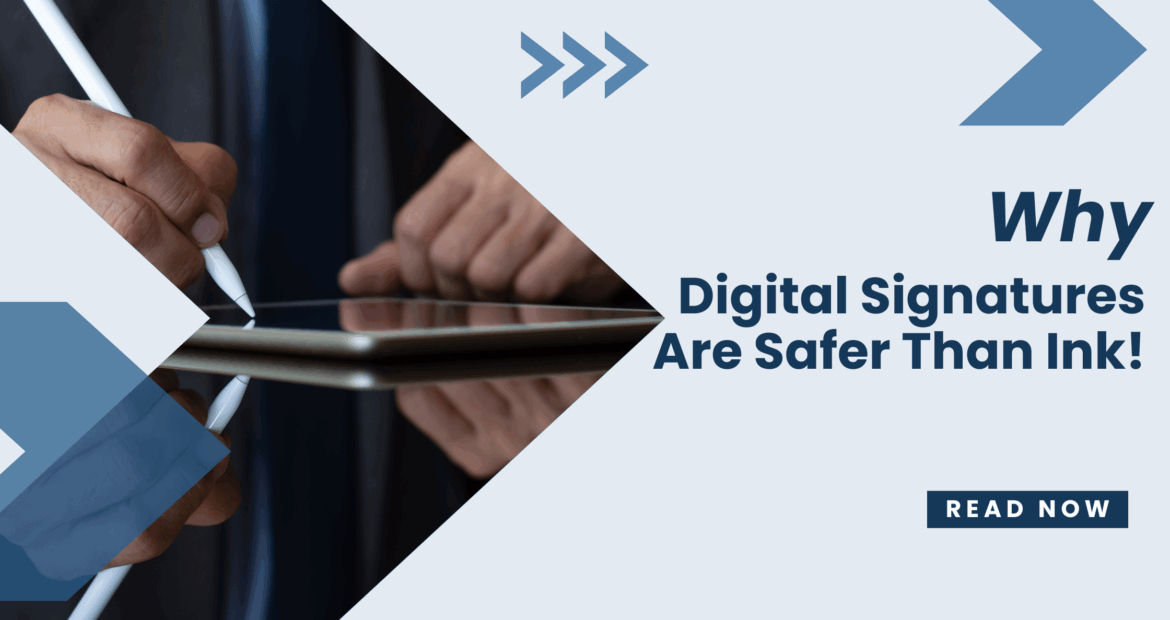A handwritten signature is easy to forge, documents can be altered, and paper trails can be lost.
Despite the growing adoption of digital tools across industries, some individuals and organizations remain skeptical about using digital signatures. This hesitation often stems from concerns related to authenticity, legal recognition, data security, and trust in technology.
However, digital signatures are built on advanced cryptographic standards that ensure data integrity, identity verification, and tamper-evidence. Each signature is linked to the signer’s identity and timestamped using secure Public Key Infrastructure (PKI) methods, making it significantly more secure than traditional handwritten signatures.
Digital signatures are legally recognized in many jurisdictions under laws such as the eIDAS Regulation (EU), the ESIGN Act (USA), and the Electronic Transactions Act (Sri Lanka). These frameworks give digital signatures the same legal weight as handwritten signatures, provided certain conditions are met.
In business environments where speed, traceability, and compliance are critical, digital signatures are already standard practice. Large enterprises, government institutions, and financial organizations have adopted them to streamline workflows, reduce paperwork, and enhance operational efficiency.
Furthermore, the shift to digital signatures supports remote work models and cross-border collaboration, allowing documents to be signed securely from any location. It also reduces the risk of document loss, unauthorized edits, or signature fraud , common issues in paper based systems.
As more digital-native professionals enter the workforce, the expectation for seamless, paperless processes continues to rise. Adopting digital signatures is not only a matter of keeping up with technology but aligning with global business standards.
Is your Digital Signature stuck in the past?
I've had countless conversations with leaders who are pushing for digital transformation but hit a wall when it comes to one of the oldest business traditions: the signature.
The hesitation often comes from a place of trust. We've been taught to trust what we can see and hold. But what if that trust is misplaced?
In contrast, a digital signature offers a level of security and integrity that ink simply can't match. By using cryptographic standards and secure identity verification (PKI), it creates a digital seal that proves:
Top-tier financial institutions, government agencies, and global enterprises have already made the switch. They aren't just doing it to save paper; they're doing it to reduce risk, accelerate business, and enable seamless cross-border collaboration.
As more digital natives join the workforce, the expectation for secure, paperless processes will only grow. The question is no longer if we should adopt digital signatures, but how quickly we can integrate them to stay competitive and secure.
Are you still relying on ink? I'd love to hear your thoughts in the comments. 👇
Visit http://fcpl.biz for explore Digital Signature products!







